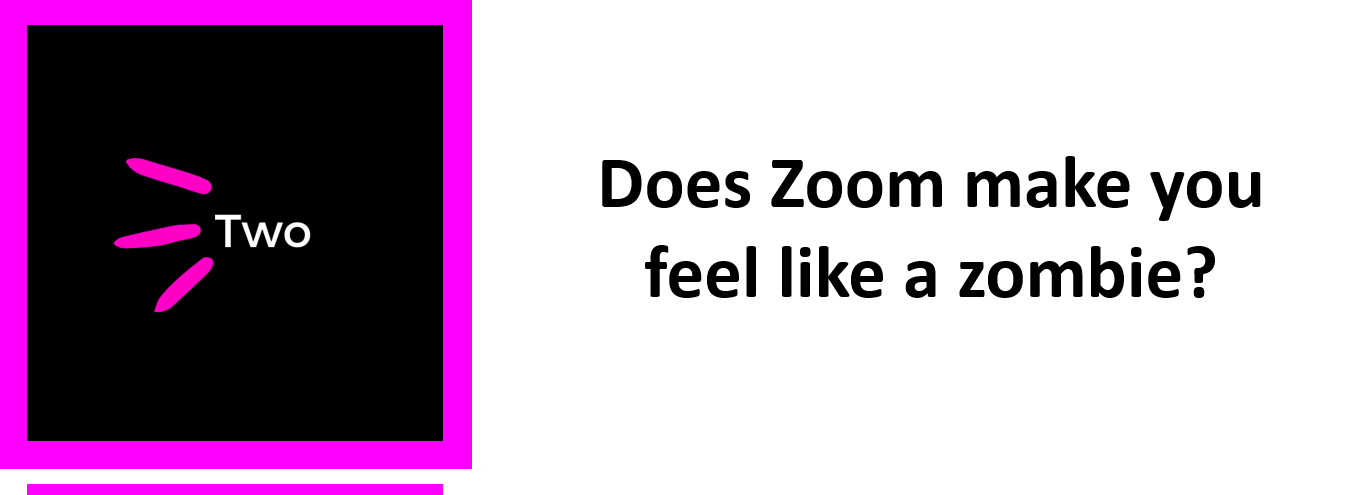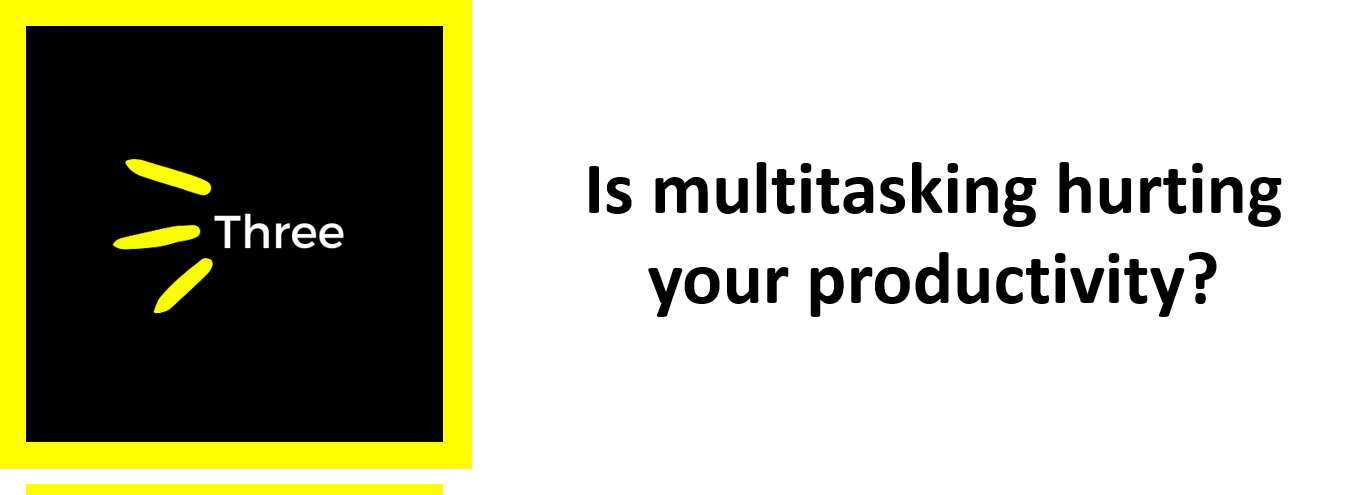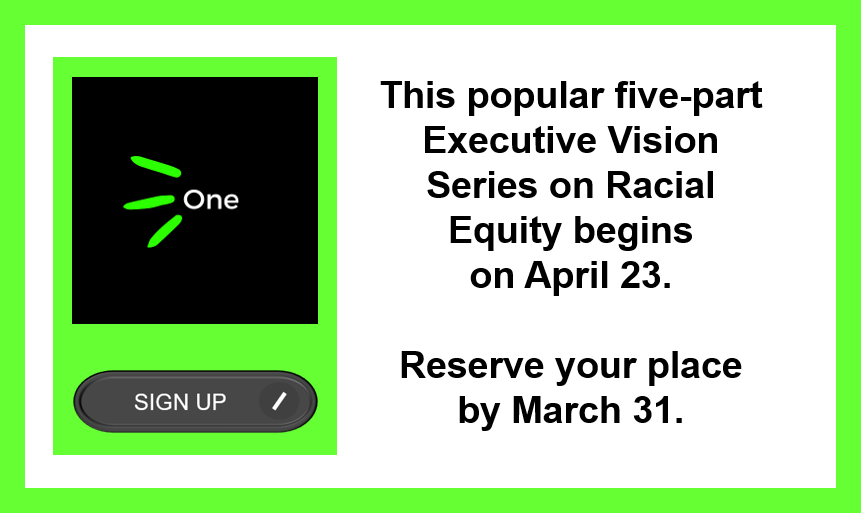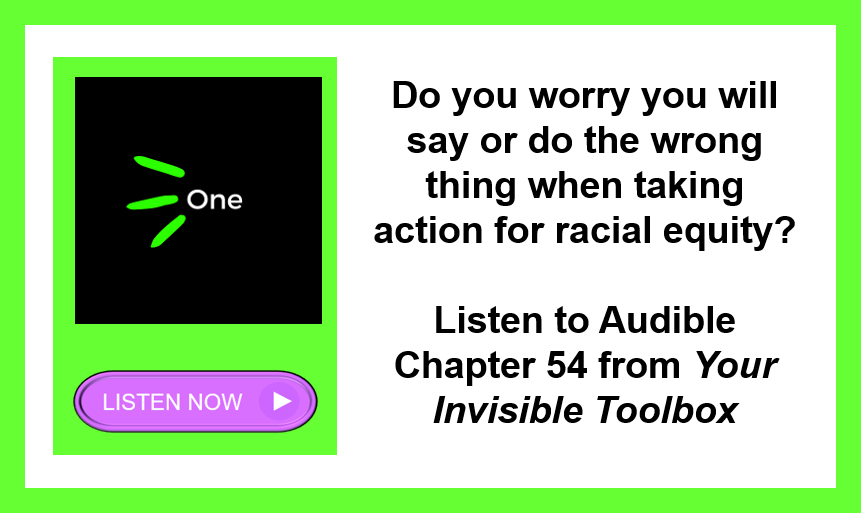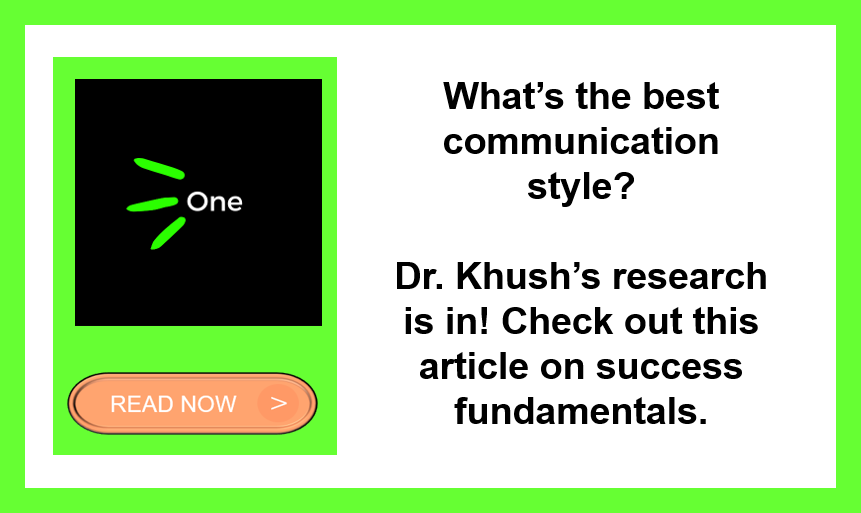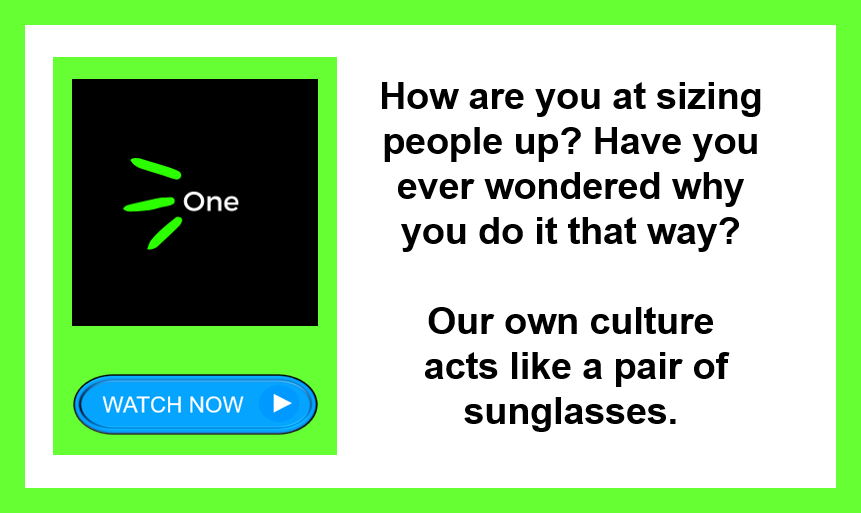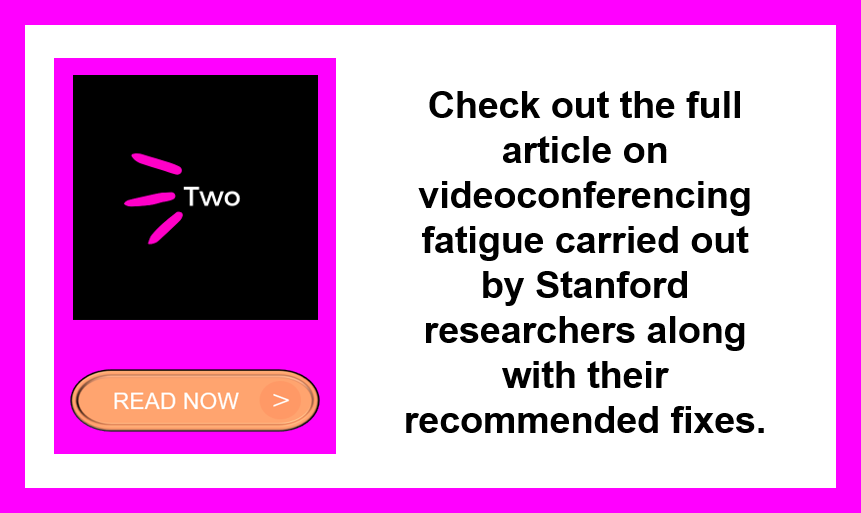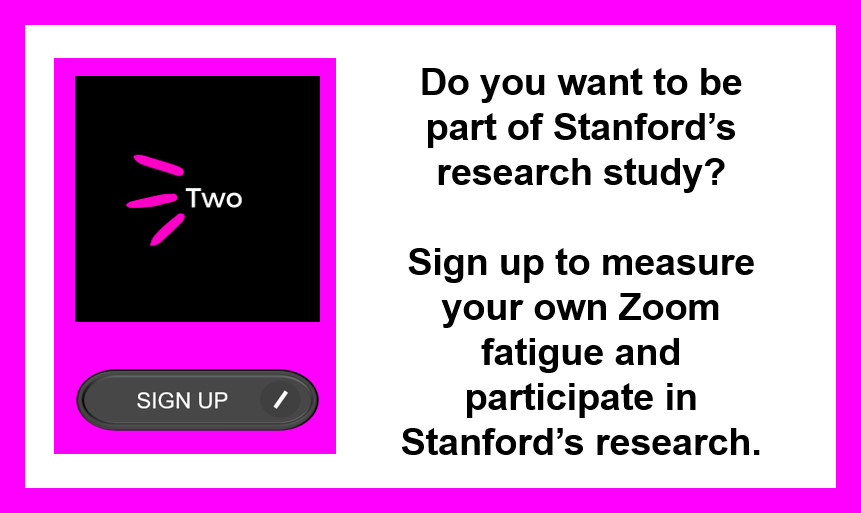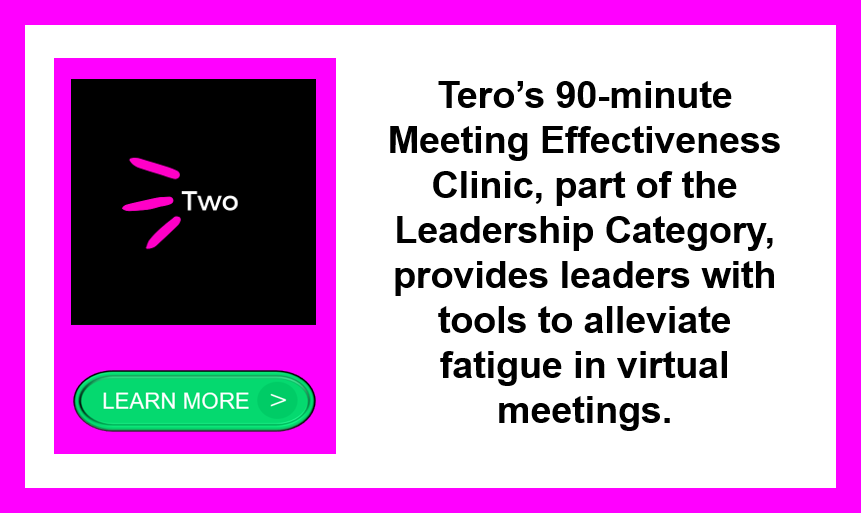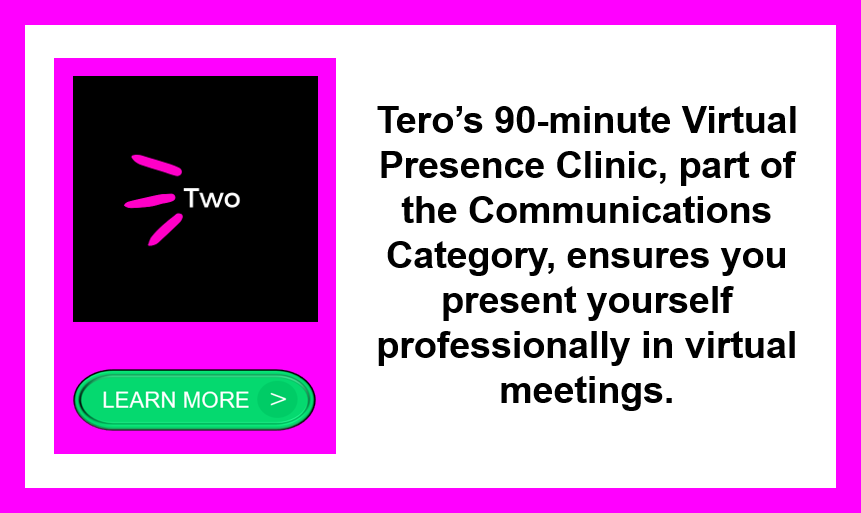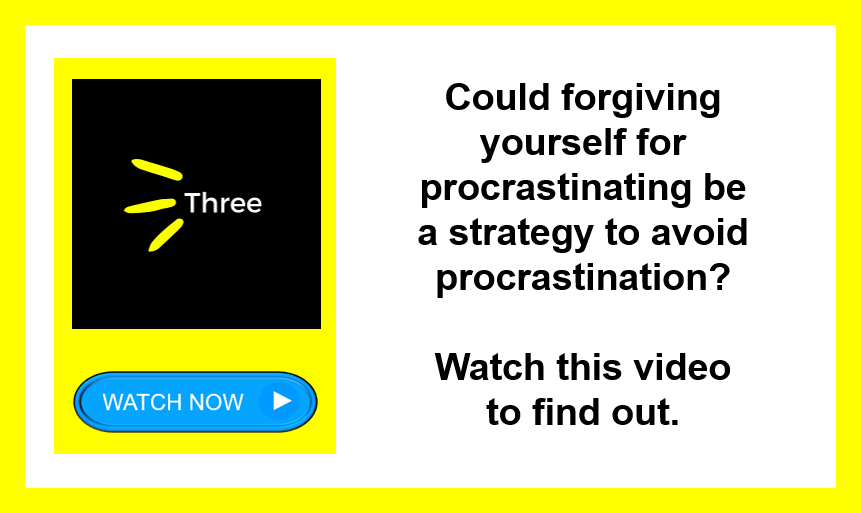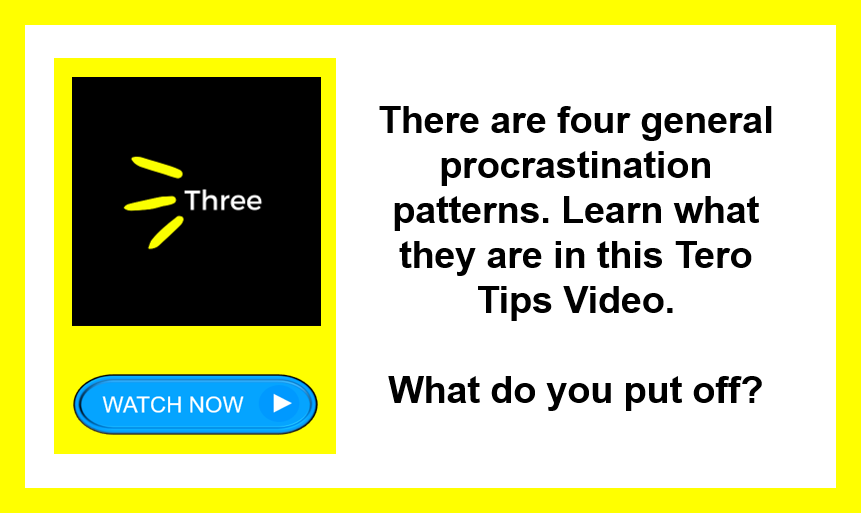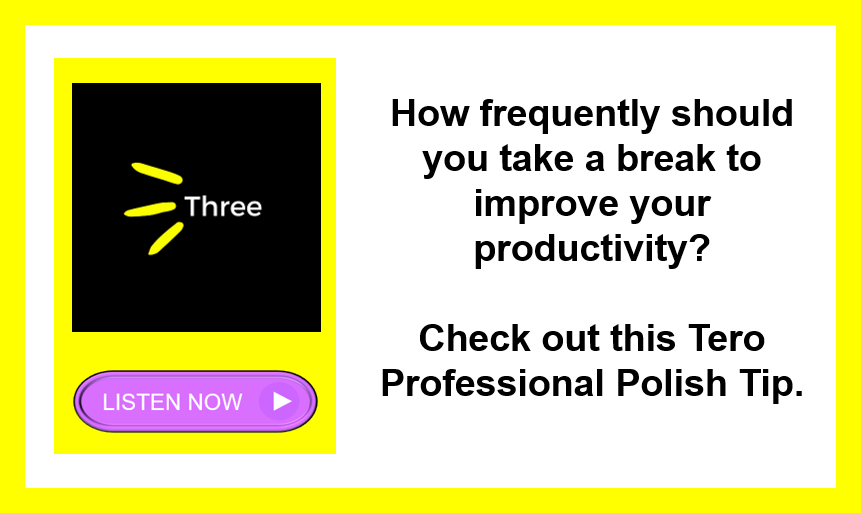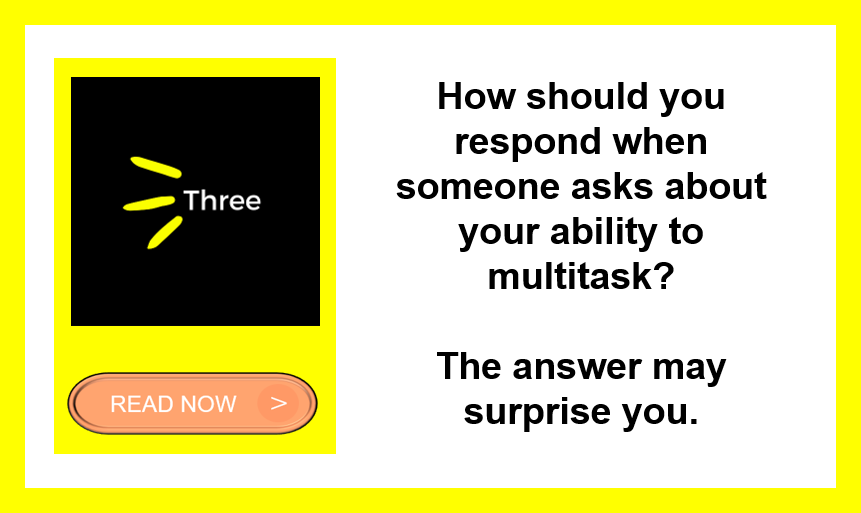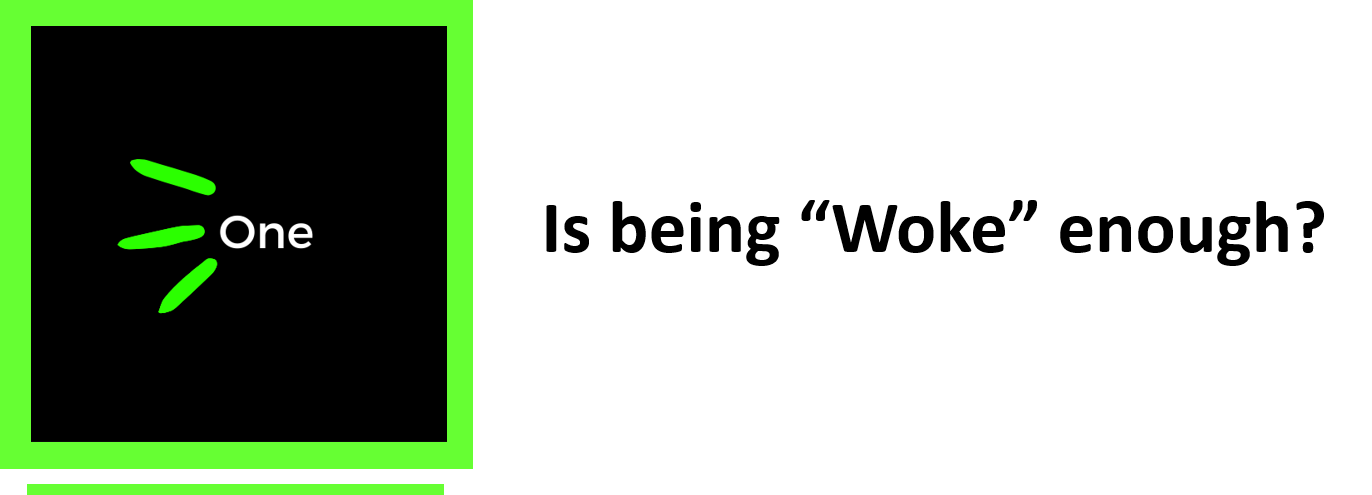
Have we really had a reckoning when it comes to racial equity? Is being “woke” enough?
Michele L. Norris, in a December 18, 2020 opinion piece for the Washington Post, challenges all of us to question this. Have the numerous Diversity, Equity and Inclusion (DEI) efforts and attention we saw in 2020 really constituted a reckoning with regard to racial equity?
In her words:
“It took a particularly heinous act of police brutality — an officer kneeling on a man’s neck for almost nine minutes — to convince a majority of Americans that racism is a problem and a daily reality.
Did that happen in part because we were in a period with no concerts, no vacations, no sports, no travel and no dining out? Because the world was shut in and we had to watch what happened in Minneapolis and absorb the full whoosh of the aftermath?
I think so. As the world slowed down, it was like traveling below the speed limit on life’s highway. The landscape wasn’t a blur. You could “see” travesties on the screens that became our windows to the world. You could not track the spread of the covid-19 virus without also seeing the ways it claimed a disproportionate number of Black and brown lives.
Stuck home during the day, you saw who delivered your packages and your takeout. And when or if you did venture out, you noticed who clocked in during the lockdown — the grocery workers and paramedics. The garbage collectors and nursing home attendants who cleared bedpans and changed sheets. We watched with fewer distractions.
But when life returns to its normal rhythms, will those epiphanies last? Will people do more than acknowledge the scourge of racism? Will they commit to the much harder work of erasing it?”
Racial equity will require us to take the e off of woke and place an r before the k. We cannot just be woke. We must work. And the work is a process. Our epiphanies these past months are a start to wake us up. But a reckoning according to Norris is an action. It’s when we are dealing with an issue, not just recognizing it.
We speculate what our lives will be post pandemic. What will it feel like to return to the pace and scope of the world we knew? Will we be so caught up in resuming what we remember as normal, that we will forget what so many experience, due to inequity, should not be anyone’s normal?
Remember the words of James Baldwin “People can cry much easier than they can change."
Will we commit to work on this and change, not just acknowledge it?


